One day on Twitter, Jane Bloomfield discovered that mega bestselling Australian author Jacqueline Harvey was setting up to move in just across the valley from her. She wanted to get to know her better, so she had a virtual chat with her (after a real coffee) and shared it with The Sapling’s readers. Contains espionage, driving and code-cracking.
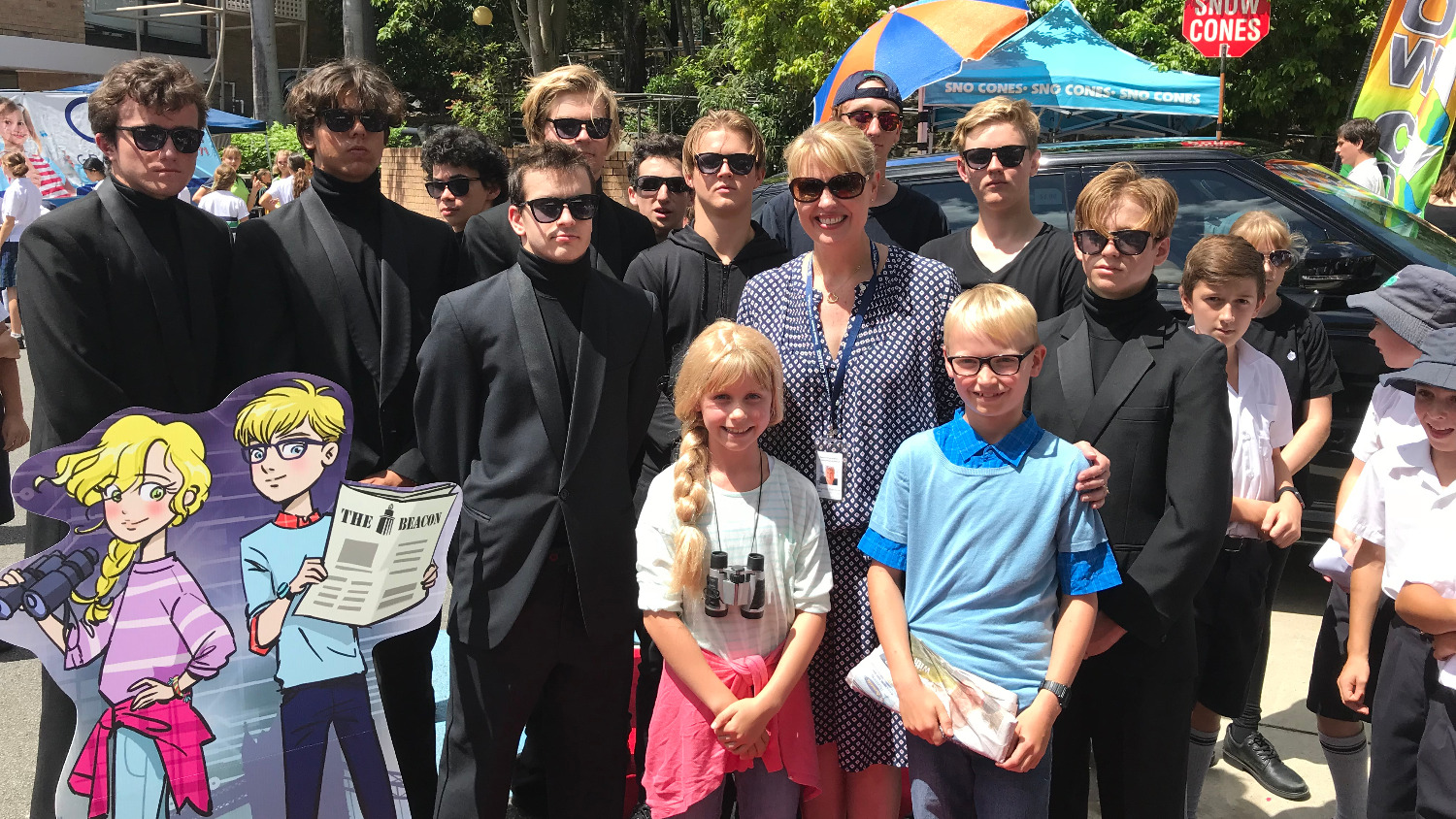
Jacqueline Harvey and I first met virtually thanks to Twitter. I discovered Jacqueline and her husband are building a house under the mammoth rocky veil of the Remarkables, at Jack’s Point. ‘The plan is to spend two to three months of the year in Queenstown and use it for writing time.’
Since 2010, Sydney-based author Jacqueline Harvey has published an impressive 32 books with Random House Australia. Her middle-grade series, Alice Miranda and Clementine Rose are now up to their 17th and 13th titles respectively, with no hints of stopping. Alice Miranda has been optioned for TV. These series have sold over a million copies in Australia and New Zealand and have been translated into several languages.
The first title in her new action-packed spy series for 8+, Kensy and Max Breaking News, was released to rave reviews in March 2018. The second, Disappearing Act, hit bookstores last month. Book #2 takes the twins, now spies in training at Pharos, a covert international spy network, to Rome. Here they put their spy training into action and uncover a mafia crime syndicate attempting to put local the pasta supply chain into chaos.
We caught up via Messenger.
Jane Bloomfield: Did you grow up in a family of book-lovers and storytellers?
Jacqueline Harvey: My mum was a big reader. I remember having a library card from age four. My favourite excursion of the week was to go to the public library with mum. My Dad’s not a reader.
I did grow up around books. Books were very important in our family. They were given as presents and you were expected to look after them. We lived in the southwestern suburbs of Sydney. Mum would take me on the train to this evil dentist in Macquarie street in the city. My reward, if I was really good, was to go to Dymocks in George Street afterwards and buy a book.
I always associated books with reward. I was a fairly academic kid at school. At the end of every year at speech day, the prizes given were books. I still have all those books, they’re very special to me.
I always associated books with reward.
JB: You have two sisters. I’m guessing you’re the eldest? Were you the organiser or the naughty kid?
JH: I am the eldest, the over-achiever (laughs).
Sometimes I was naughty. I was pretty organised. I was aware of the value of working hard. Even when I was at school I was very conscientious. Ian (my husband) would say I was a real dag. I bossed my sisters around a bit.
JB: Do you plan to tour and promote your books in New Zealand?
JH: Next year we’ll probably do a tour in New Zealand.
I have an almost disproportionately high number of New Zealand fans who write to me, which is great. I get kids asking me a lot if I’ll come and visit their schools. I’ve looked up some of the places and they seem like tiny little schools in very remote areas. The same thing happens in Australia.
JB: Can you write anywhere?
JH: I have to be able to write anywhere. I’ve finished books in hotel rooms, on planes. On trains. I prefer to be able to write at home if I can, or in one place but if that doesn’t happen I just have to do it wherever.
My third Kensy and Max was in end September. I’m writing four books this year. One Alice Miranda, one Clementine Rose and two Kensy and Max. My annual output is always around 220,000 words.
I have built a writing room in my Queenstown house. We’ve got a really nice study upstairs with views of the Remarkables and views down over the golf course.
Alice Miranda book trailer (available here)
JB: What inspired you to write a spy series for children?
JH: We were having lunch in a pub in London called the Morpeth Arms. Upstairs is a restaurant called The Spying Room. On each table, there was a pair of binoculars with a card which reads: Can you spy on the spies? MI6 is directly across the river. Everyone knows their location. It just made me laugh. They’re the United Kingdom’s Secret Intelligence Service.
The manager said over the years he’d seen computer screens flicker, office lights going on and off and people on the balcony of M16. This got me thinking. Why would you make it known to the public where the spies work?
I started formulating my Kensy and Max characters in 2005, but I didn’t know what to do with them. I ended up writing Alice Miranda first, then Clementine Rose. I sat on Kensy and Max for all these years. Then when we were in the pub, the whole spy thing was perfect. I decided these characters were going to be spy kids at a spy school. But my spies would be just around the corner, in a building, under a school, which you would never guess.
I started formulating my Kensy and Max characters in 2005, but I didn’t know what to do with them. I ended up writing Alice Miranda first, then Clementine Rose. I sat on Kensy and Max for all these years.
JB: How much planning and research did you do?
JH: A lot! I contracted book #1 at the end of 2015. I wrote over the next 18 months before we began editing. It was a long build-up, but it was important to get it right.
In terms of finding out about spy organisations – I researched a lot of real-life stories about spies and what they do. I discovered often being a spy is quite boring. You sit around a lot.
JB: Kensy is feisty and competitive, good at lock-picking and driving cars. While Max is cool-headed, a code cracker with a photographic memory. Do you possess any of these character traits?
JH: I can’t pick a lock! And I’m not especially good with codes. Ian (husband) has been very helpful with the codes.
JB: Did you plot every book in the series at the outset?
JH: No. I knew the big picture. And I did know the plot of book #1. The kids had to solve a crime. Then there was the mystery of their parents and why they had disappeared. Then the big reveal at the end. There are now six books under contract. The total number of books is undecided.
I don’t plan all the minor details, because I think it’s much more fun to be able to surprise yourself. Sometimes you get a great idea and think, oh I’m going to run with that instead.
It’s good to have the books set in different places. Book #1 is set in London, book #2 moves to Rome and book #3 is set in Australia. Because the twins are looking for their missing-in-action parents there’s more opportunity of a sighting if the story moves to different locations.
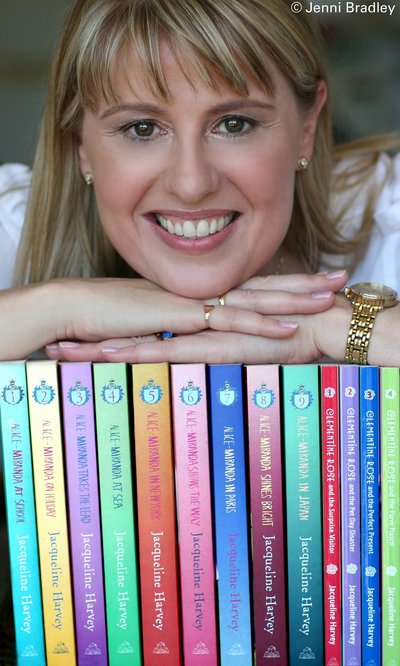
JB: Did these different settings require research trips?
JH: I’ve been to Rome before but I didn’t have time to go on a research trip. Book #3 is set in Sydney, which makes the research a lot easier. It is going to have the Sydney Opera house in it. A good friend of mine has quite a senior role there. I’ll organise a refresher before I finish the book.
I think the authenticity factor is a lot higher if I write about places I’ve visited. But there are ways to do it if you can’t be there. I use Google Maps and Google Earth. I have two screens on my desk. The whole time I wrote Disappearing Act I had a map of Rome or a street view of Rome open on the screen beside me.
JB: Are there really 120,000 feral cats living in Rome’s monuments (300 in the Colosseum alone)?!
JH: In 2008, we did a tour of the Colosseum. There were so many cats. I recently double-checked the figures. They’re correct. Stray cats are absolutely revered in Rome. There are lots of little neighbourhood community groups who take it in turn to feed the cats. The cats are mostly not manky or a nuisance.
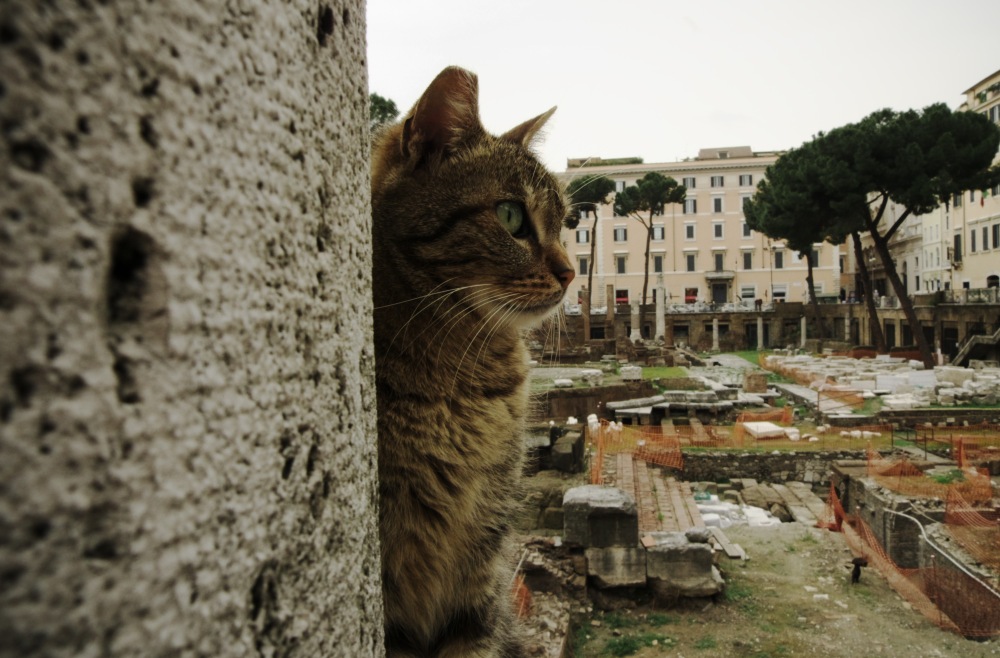
JB: Was the Italian wheat shortage in Disappearing Act based on fact?
JH: I thought for a long time – what can you have in a kid’s book that’s mafia-style-based but suitable for children. What is something in Italy that is really iconic? It’s pasta and pizza. So what if someone got control of the wheat?
And when I started doing research I discovered they had had a similar problem not that long ago dubbed the ‘Wheat Wars’.
JB: The dialogue between your spy-kids is laced with humour. How important do you think humour is in middle-grade fiction?
JH: Really important. Kids like to have adventure but they also like to have a laugh. Characters endear themselves to the reader through the humour. I think it’s good to write funny things that are clever. It’s fine to insert the odd bit of toilet humour but I don’t go down that road.
Often the funny things are based slightly in reality. The idea for the exercise-bike-off in book #1, with Max against the competitive headmaster, came from visiting a school in Knightsbridge. They had no playground at all and outside every classroom, there was an exercise bike. When the kids got a bit unruly the teacher sent them outside to do ten minutes on the bike.
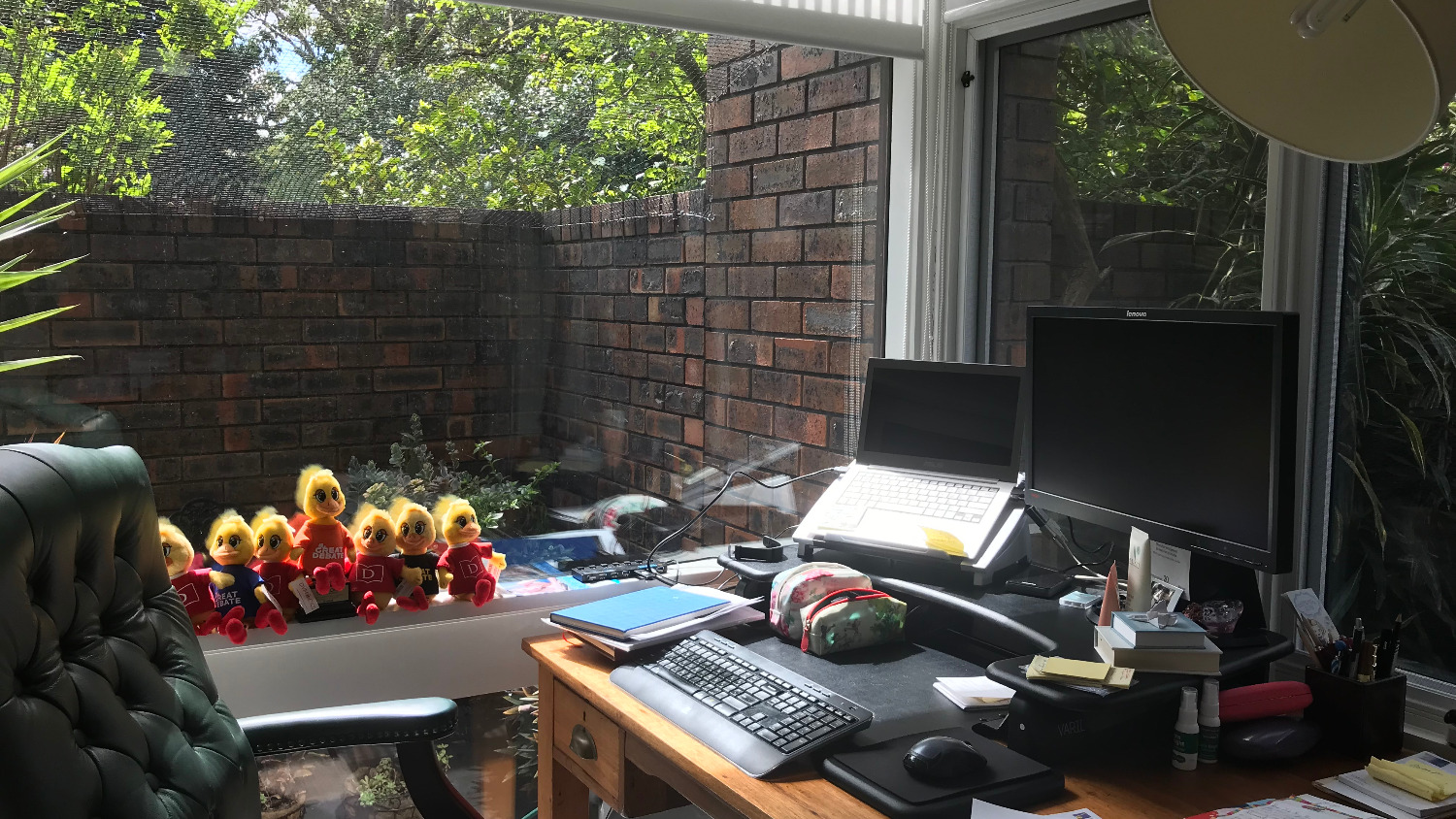
JB: How do you keep track of the large cast of characters in Kensy and Max?
JH: The chart on the wall behind me has all the characters from Central London Free School, which Kensy and Max attend in Breaking News (book #1). I also use post-it notes and put them up around the place. I have a whiteboard too.But my office is pretty much just windows. I like to be able to look outside when I’m writing.
JB: Do your readers enjoy using the Caesar Cipher and the Pigpen Cipher in books #1 & #2, to decode the chapter headings?
JH: This week I’ve had a bunch of book reviews come from a school in Perth. Nearly every one of the kids has commented about how they’ve loved cracking the codes. How they’ve really enjoyed the challenge.
Each book is going to have a different code, to always give the reader something new.
JB: The twins Kensy and Max are 11 years old. They get to do some pretty radical things. Target practice with rubber bullets. Learning to drive. Did you have free rein on their spy training?
JH: It’s not been too bad. The spy kids are chasing each other in the maze for team target practice, but that is what spies do. If I make it too easy and generic, I don’t think young readers would find it exciting enough. I’ll never take it to a really dark place. But I’ve got to give the idea, ‘wow, these spy-kids have joined the ranks’.
I learnt to drive when I was about twelve. We lived on a property that had plenty of land. I was so excited to learn to drive at that age. Country kids start driving young in Australia but for city kids, it’s an exciting concept.
JB: You have discussed the gender imbalance in children’s literature before. Was it a conscious decision to choose boy and girl twins, as protagonists for the Kensy and Max series?
JH: In a sense, yes it was, because I wanted this series to have that accessibility for boys; that they would be more likely to pick up these books with a boy on the cover.
I also hope that if boys enjoy these stories they will go back and read some of my other books.
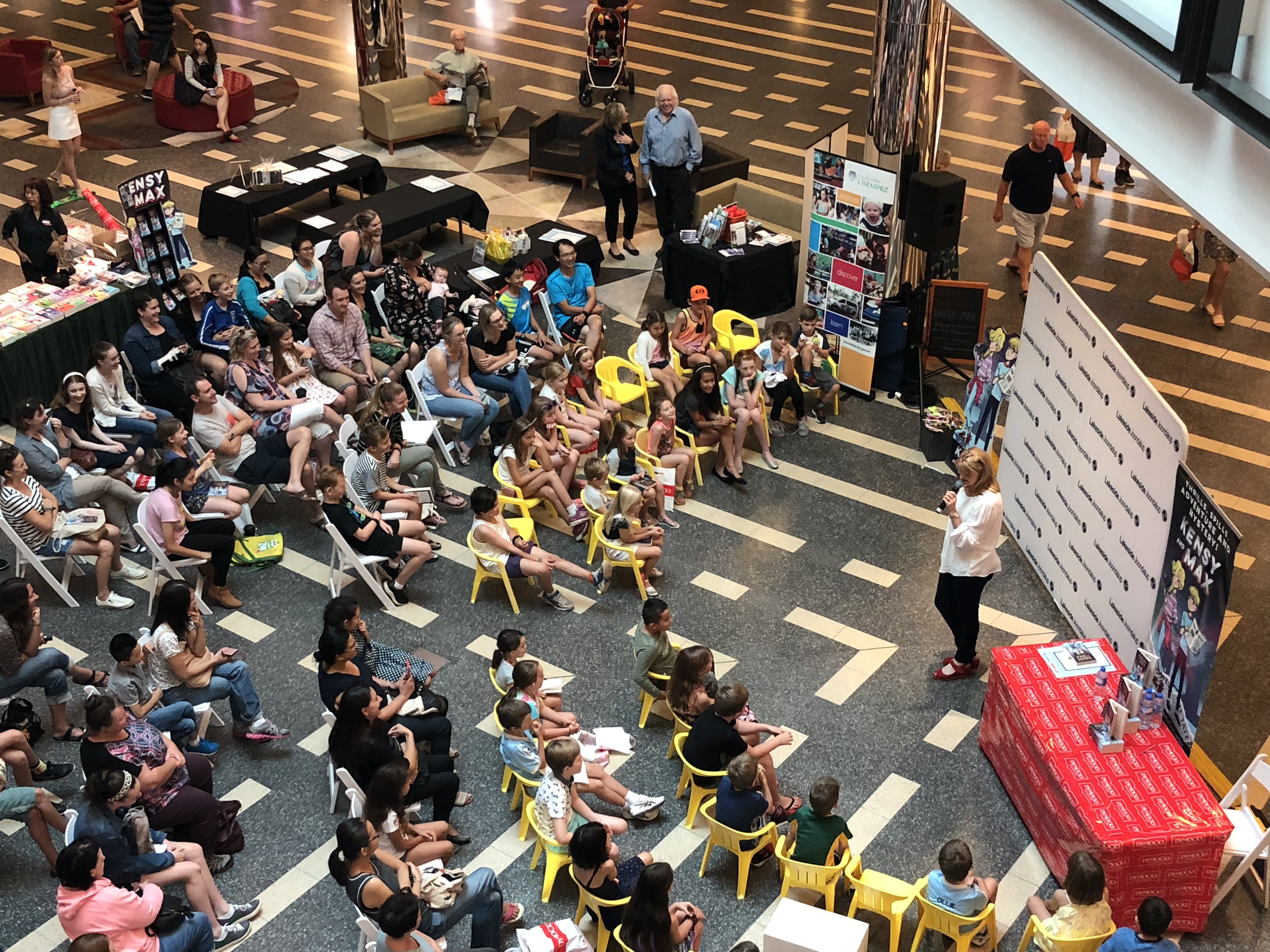
JB: Do you have twins in your family that you referenced to get the ‘twin mannerisms’ of Kensy and Max correct?
JH: There are no twins on my side of the family, but my husband had twin aunts. They were identical, lived with each other their entire lives and never married.
JB: In New Zealand, humorous middle-grade fiction struggles to get a huge amount of recognition over and above literary fiction, in the role it plays in engaging young readers. How is the support in Australia?
JH: The Australian market is really hot for humorous middle-grade fiction. Of the best-selling books of 2017 (including International), 9 out of 10 were humorous middle-grade fiction. Five of those titles were by Australian authors.
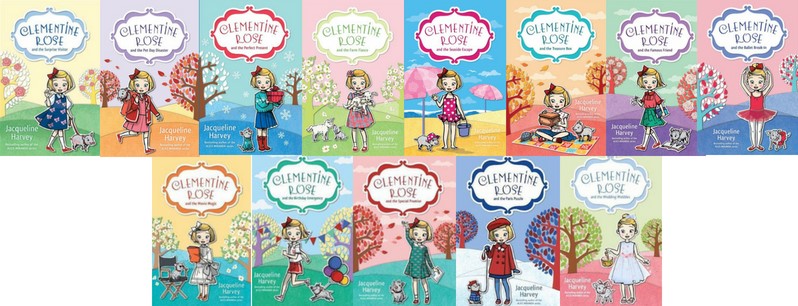
JB: Is there an annual book award similar to (now defunct) Roald Dahl Funny Prize?
JH: The Children’s Choice Awards, run by each state in Australia tend to lean towards the more humorous stories. There is no monetary component attached but you know that children voters/readers love your books.
JB: Did any movies or TV series’ influence your spy ideas?
JH: I have been watching a good spy TV series called Berlin Station. I’ve probably picked up a few good spying tips from that. I wouldn’t say I’m a spy aficionado. But there are certain concepts that happen in spy stories across the board.
JB: On average, you tour around four months of the year and write for seven to eight months. With such a huge creative output, what do you do to refill your creative pipes to keep all that writing alive.
JH: It might sound ridiculous, but I find touring really energising. When I’m meeting with kids and interacting with the audience I get lots of feedback, which I find really spurs me on to do the next thing.
I find touring really energising. When I’m meeting with kids and interacting with the audience I get lots of feedback, which I find really spurs me on to do the next thing.
Obviously travelling and bits of time off also helps. There hasn’t been much of that in the last couple of years. I’m hoping when we’re visiting New Zealand they’ll be time to get outdoors. Play golf. Go skiing. Walk. I don’t know if that will help me be more creative. But I’m hoping that will give it a bit of balance.
It will be an interesting time to see if I do want to fall in a heap and do nothing, or if I find it energising writing-wise.
Jacqueline Harvey’s latest book Kensy and Max – Disappearing Act, published by Penguin Random House Australia is now available.
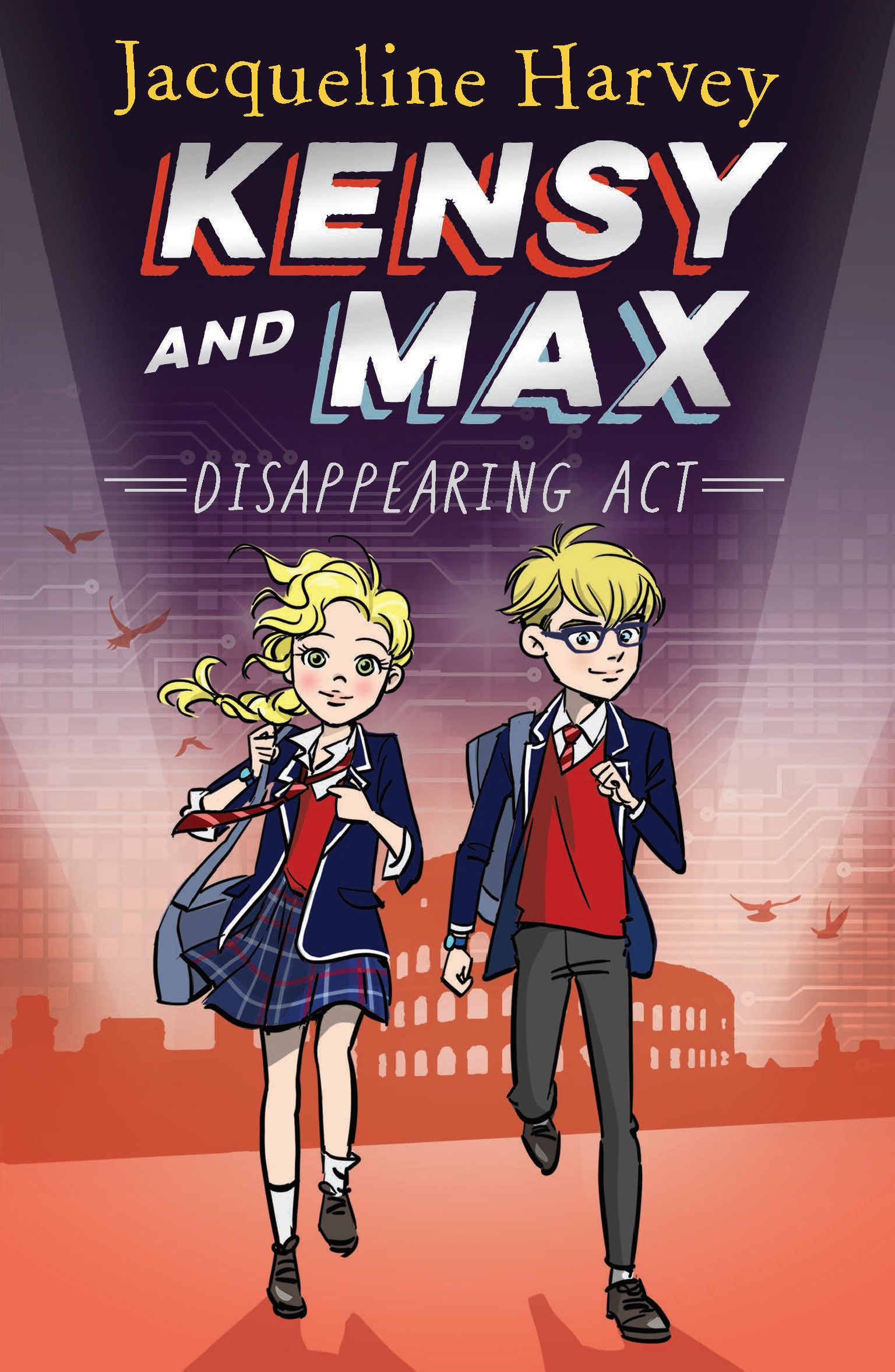
kensy and max – disappearing act
By Jacqueline Harvey
Published by Puffin / Penguin Australia
RRP: $21.00
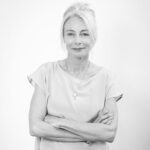
Jane Bloomfield
Jane Bloomfield is the author of children's novel, Lily Max: Satin Scissors Frock, which was a finalist at the 2016 NZ Post Children's Book Awards. The sequel, Lily Max: Slope Style Fashionwas published in 2016, and the third book in the series, Lily Max: Sun, Surf, Action,was published in 2017. Jane was born in Takapuna in 1964.



